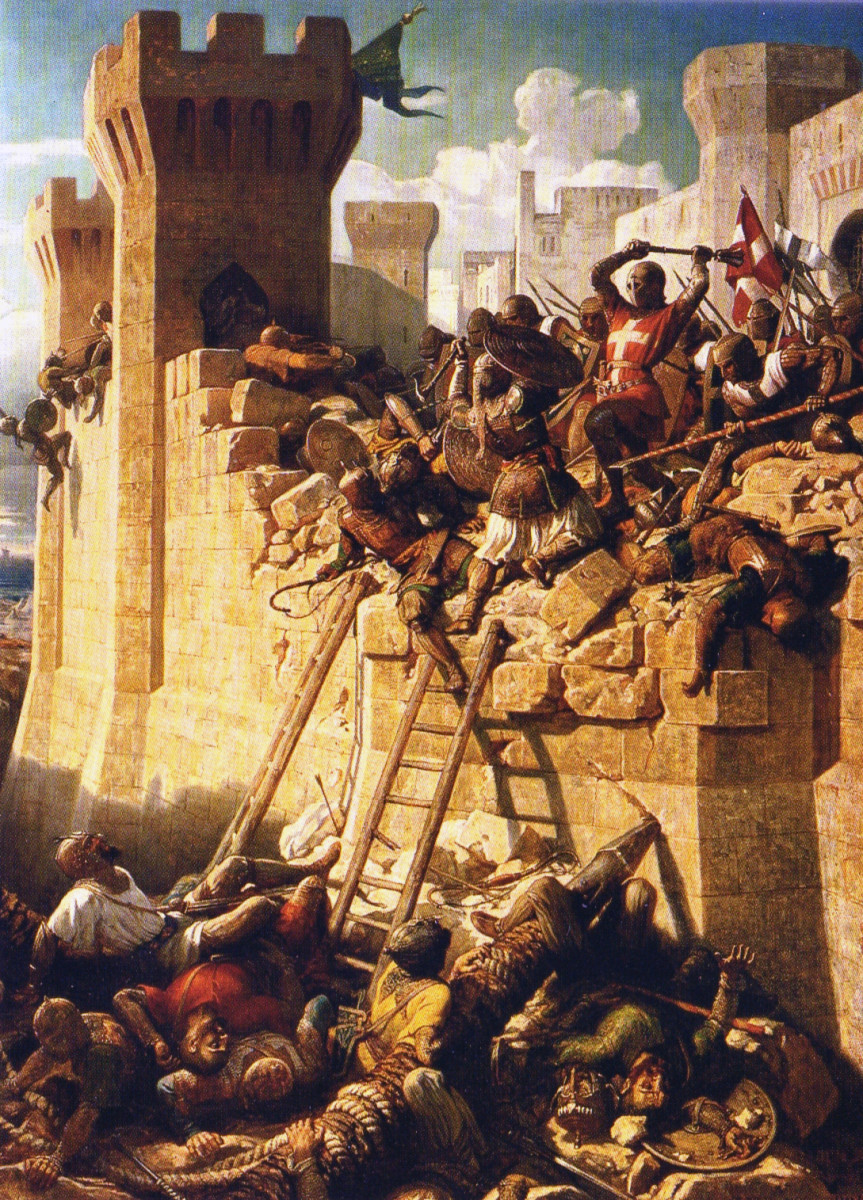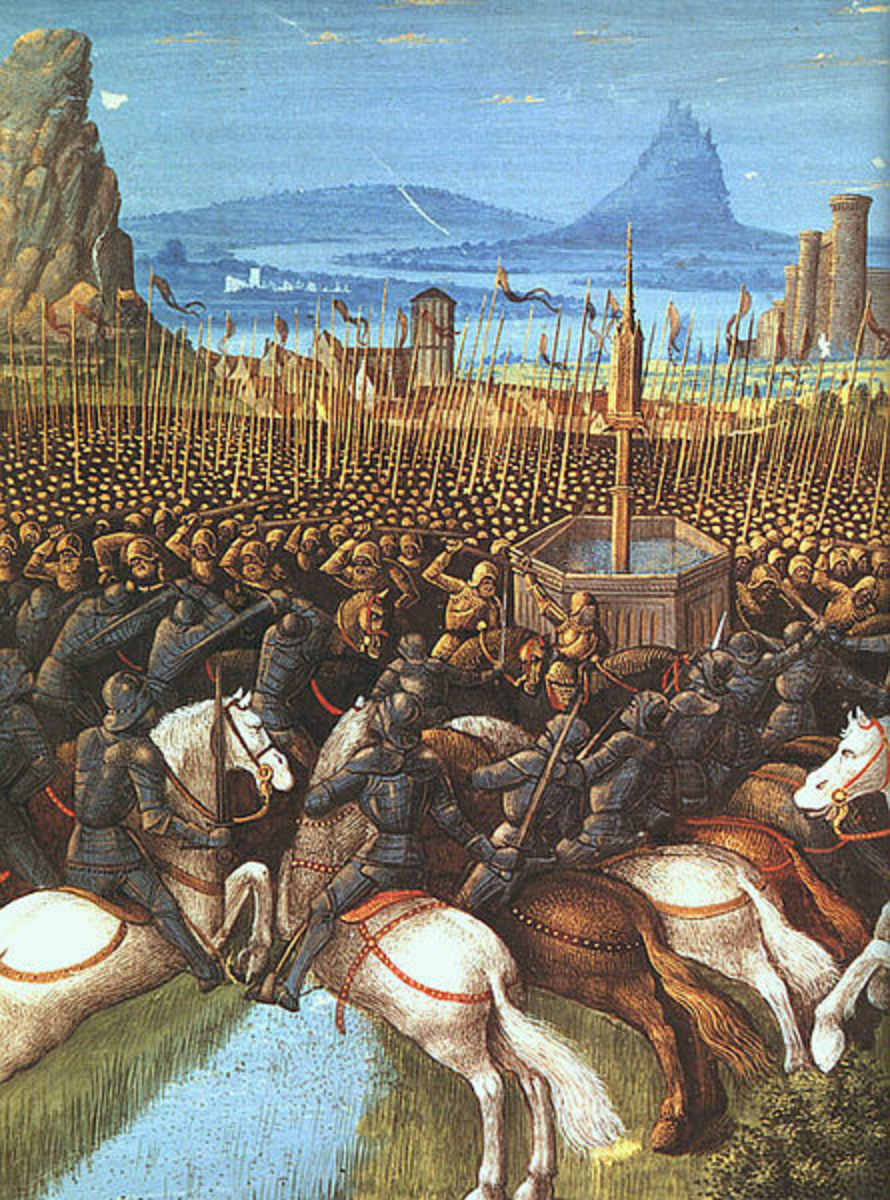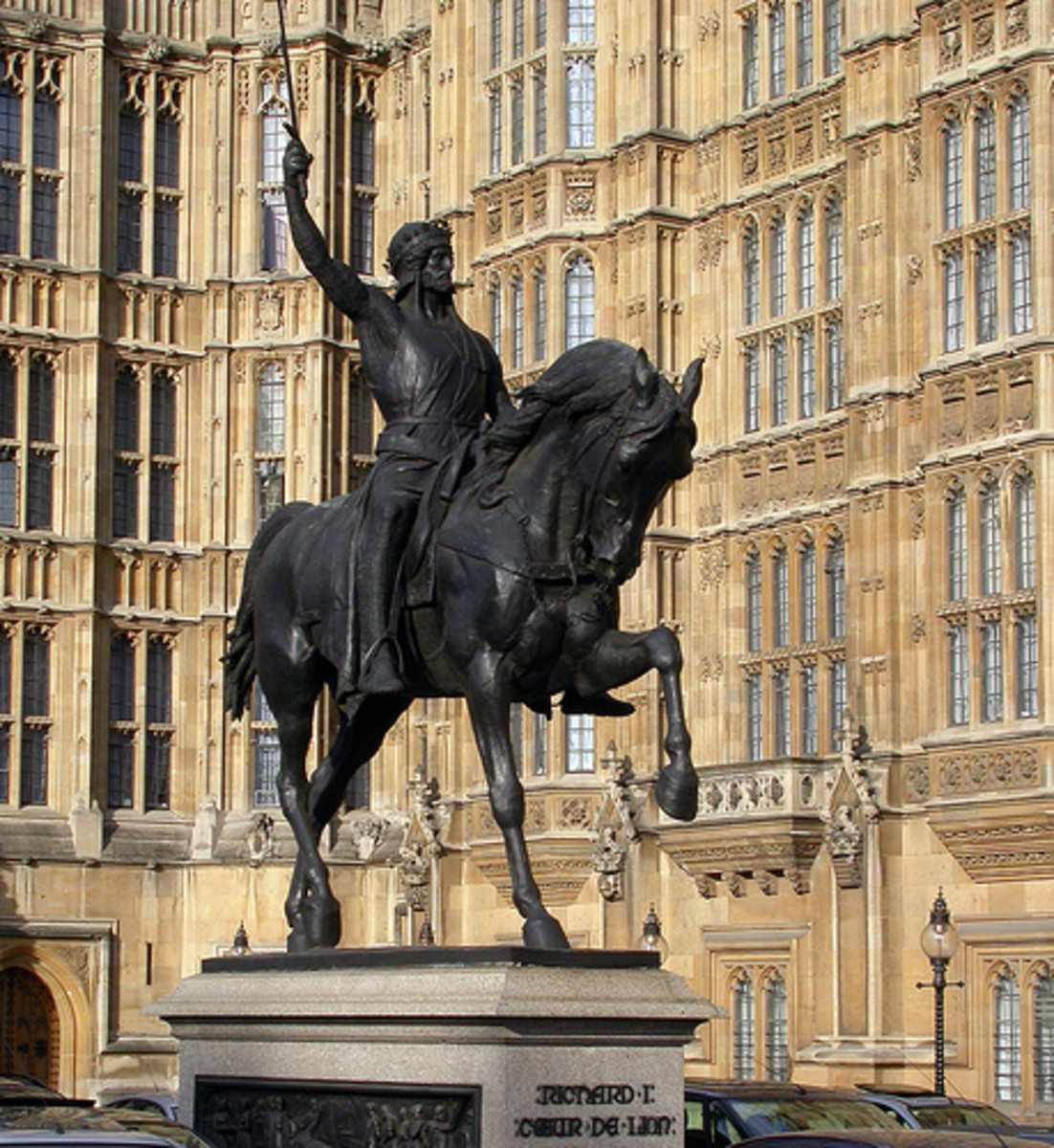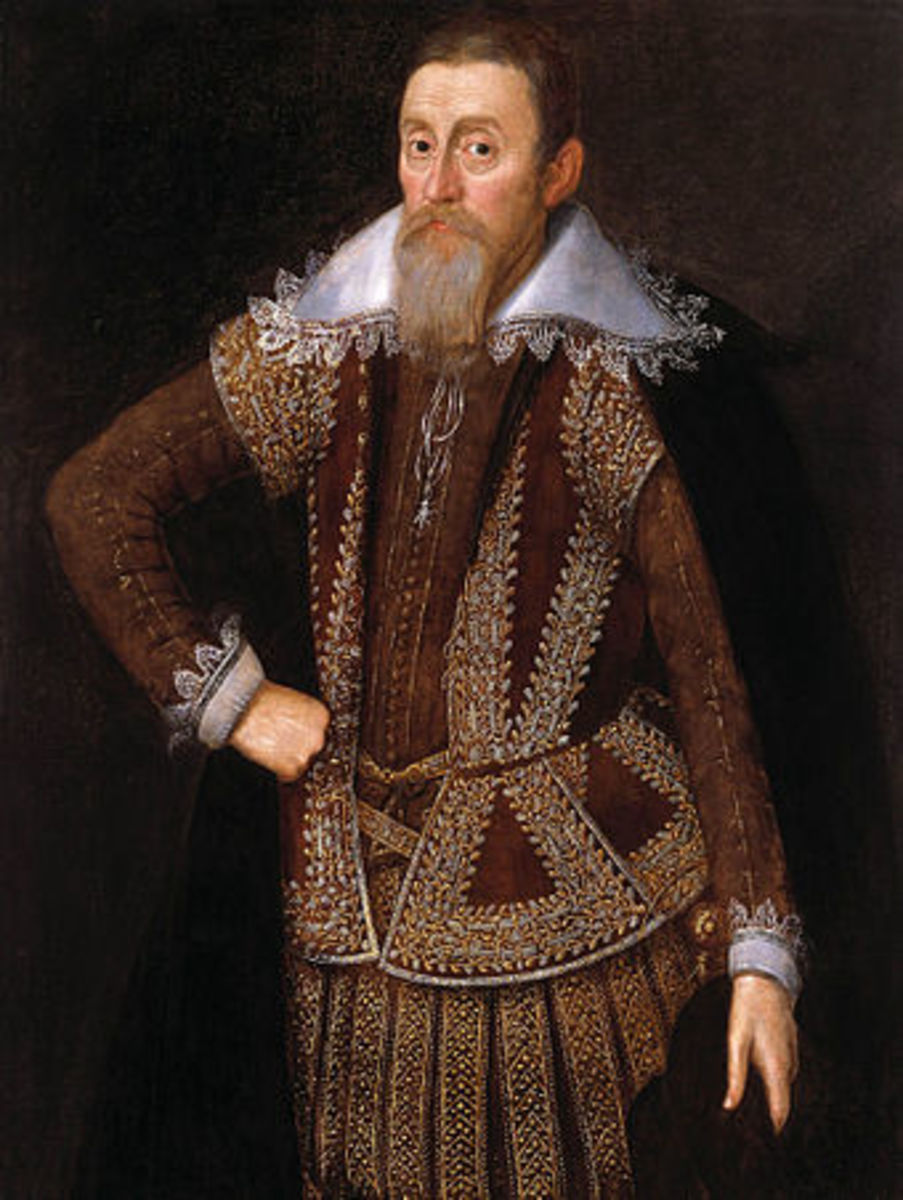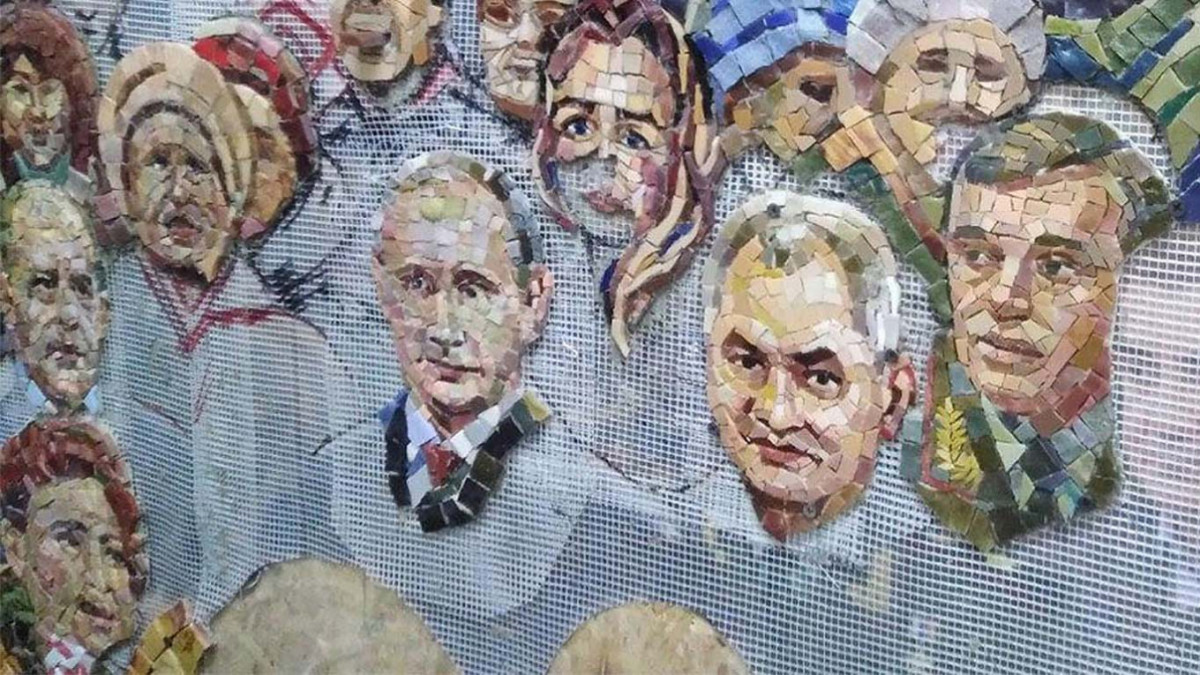The First Crusades: A Short Historical Perspective
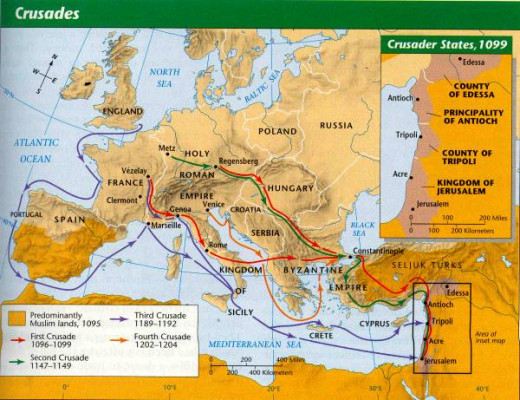
Setting the Stage
From 634 AD, two years after the death of the prophet Muhammad, the Muslin conquests continued for more than 400 years before the first Christian Crusades began. The Muslims conquests included numerous cities and countries, including Jerusalem. This was done in the name of a global Caliphate, a political-religious state under which Muslims believe that the whole world must fall under Islamic rule. This Islamic rule is supposed to cause a holy and righteous world to replace the world that, to Islam, is full of infidels. It was with this concept, and originally under the leadership of the first Caliph, Abu Bakr, that more than 400 years of conquests began. These conquests expanded the Muslim kingdom almost unfettered for this entire time. It wasn’t until after the conquering of Jerusalem that the Christian Crusades would find their start.
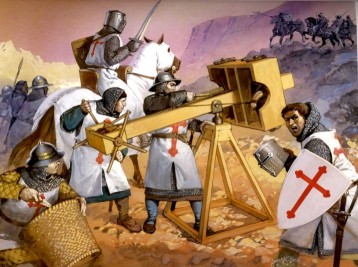
The Call to Fight
The word Crusade comes from the French word “croix” meaning cross. The wars were promoted as Holy Wars and even the clothing of those entering the service of the cause reflected this idea. They adorned there white tunics with crosses cut from red cloth. Some fought for the purpose of regaining the Holy Land from the Muslim invaders for the true restoration of Christianity, others because they were promised a guaranteed place in heaven and others for the monetary gain by way of looting and a free pass on paying taxes. Those of the first group were concerned about the ability to travel to the Holy Land and the safety of Christians around the world. They were truly interested in the Faith and protection of the Church, the faithful and the proclamation of the Gospel. The second were coerced by the Pope with a false promise of salvation through works. While Biblical Christianity specifically teaches salvation is found through faith, this was a common tactic to gain the allegiance of the less Biblically educated. The final group were primarily interested in earthly gain and using the faith a vehicle to acquire treasure. They were more focused on the plunder available to them as the Muslim cities were taken than the restoration of the Holy City or the furthering of the Faith.
The Final Straw
After the Muslims laid siege to Jerusalem in 1076 and gain control of the city it became very difficult for Christians to visit the city of Jerusalem as part of a pilgrimage. It was thought to be a great sacrilege to have the Holy City in the hands of the Muslims. Alexius I of Constantinople called upon Pope Urban II to send help. He feared that his country, in what is now modern day Turkey, would be next on the agenda for the Muslim conquerors. It was with this request, and the desire to regain Jerusalem from the Muslim conquerors, that Urban II began his promotion of the first Christian Crusades in 1095. He spoke to a large crowd, on the 27th of November, consisting of ecclesiastics and laymen from the Catholic Church. They had been gathered at Clermont in France for ten days of this synod. The Pope spoke to all Christians that had gathered there with the idea of raising awareness and a Holy army. He spoke of “Deus vult” meaning “God wills it” and the hopes of turning back the tide of the Muslim invading forces and reclaiming the lands for the Church and Christ. This is where the Christian Crusades began.
The First Crusade
Two years after his speech at Clermont, nearly 10,000 people had arrived at Constantinople ready to fight. While they were each there for their own reasons, they were united in the end result. They prepared and planned for the long and difficult journey to the Promised Land and the battles that were to take place along the way. The journey had to proceed the long way over land, as they did not have access to the sea ports of the region. Most of the major sea ports were under the control of the Muslim conquerors and therefore unavailable to the Crusaders . After a fairly easy victory at Nicea, the Crusaders moved on to the city of Antioch. The battle over Antioch took seven grueling months. Finally, the Muslim forces were defeated and removed from the city. The Crusaders arrived at Jerusalem early in 1099 and were initially unsuccessful in breaching the high fortified walls of the city. After more supplies arrived later that year, including logs to build siege machines, they were able to breach the walls and enter the city. At this time the Muslim conquerors became the conquered and they fled the city. The city was now open Christians to visit as part of their pilgrimage without fear of violence or subjugation.
After the First Crusade
The first Crusades, like the countless Muslim conquests before it, was a bloody battle with tens of thousands left dead in its wake. The Kingdom of Jerusalem was formed after Crusaders freed it from the Muslims in that first Crusade. Godfrey of Bouilion was elected as its first king. He took the position, but refused the title of king, as he believed that Christ was the true King of Jerusalem. He ruled for short time before his death in 1100 and was succeeded by his brother Baldwin of Boulogne. With this great victory fueling the momentum of the Crusaders, they went on to free other many other cities and nations from Muslim rule. For the more than 400 years before and the nearly 700 years after the first Crusade, there was a bloody ebb and flow of conquests and Crusades throughout much of the European and Middle Eastern world

